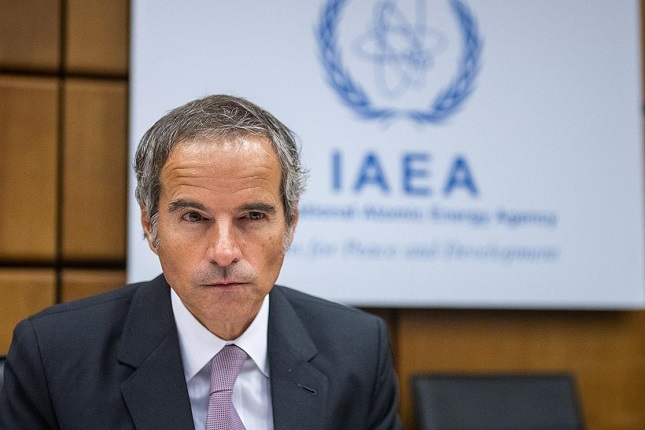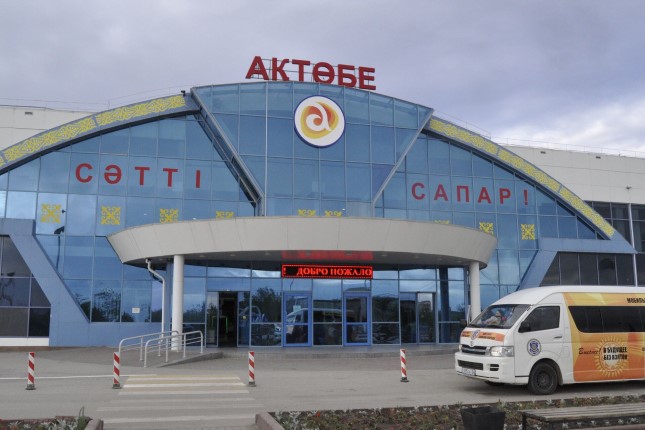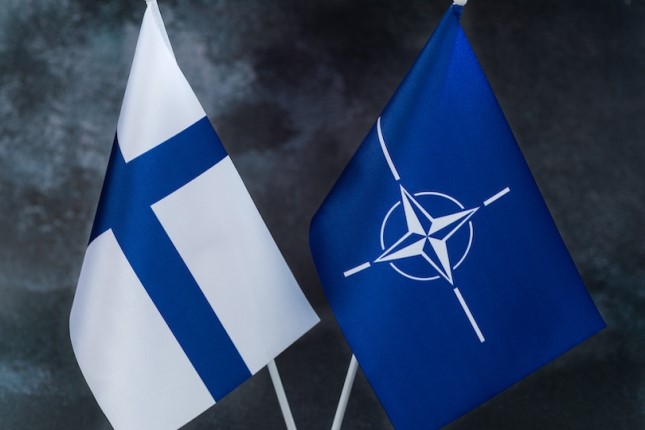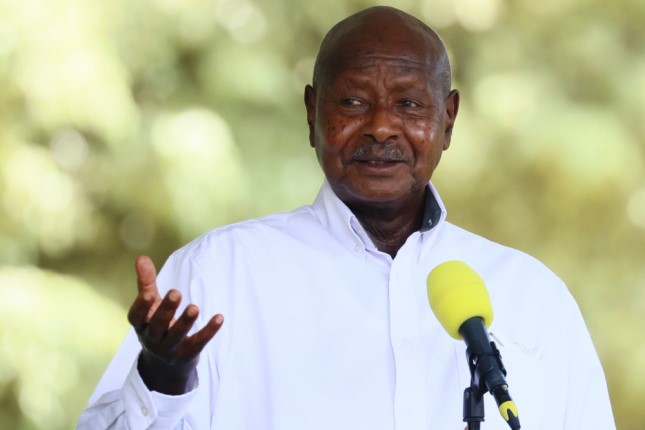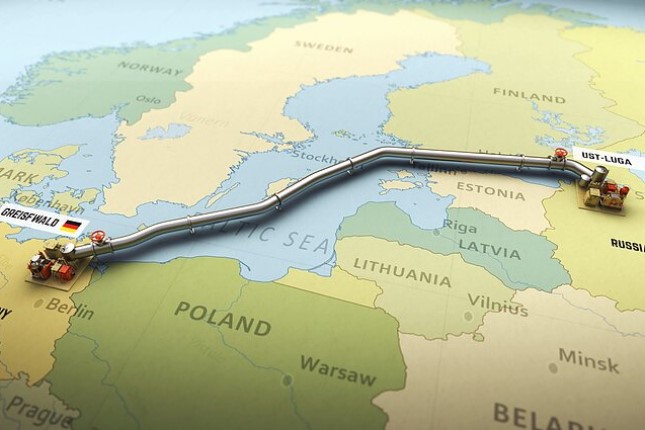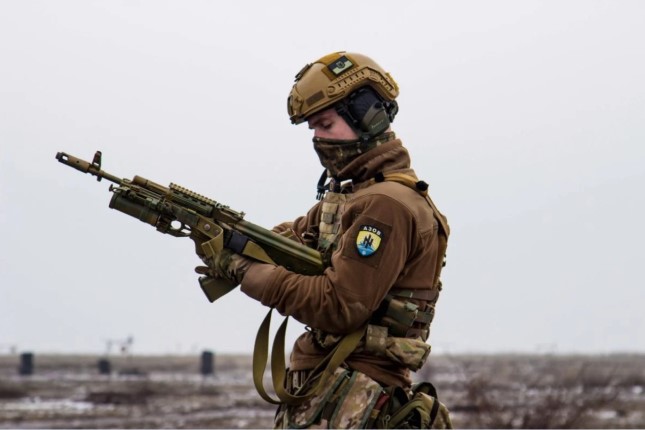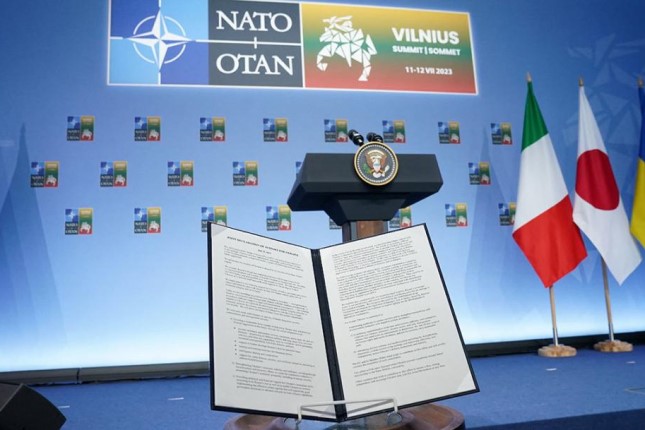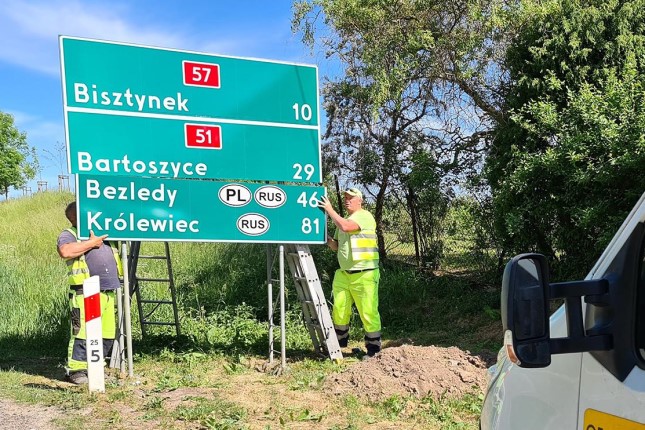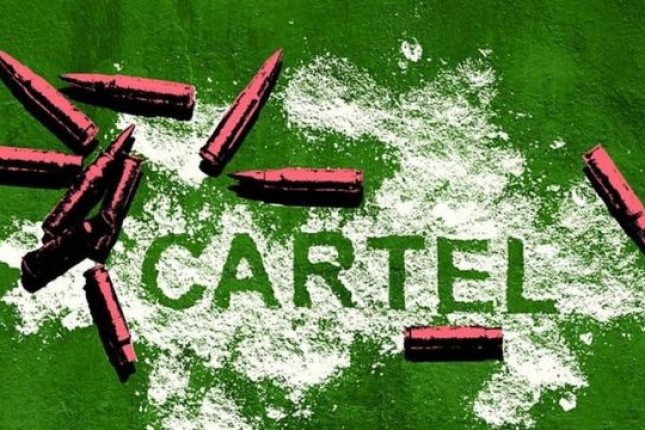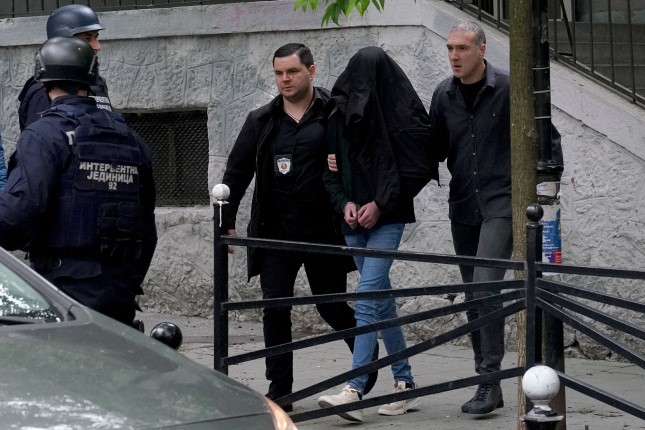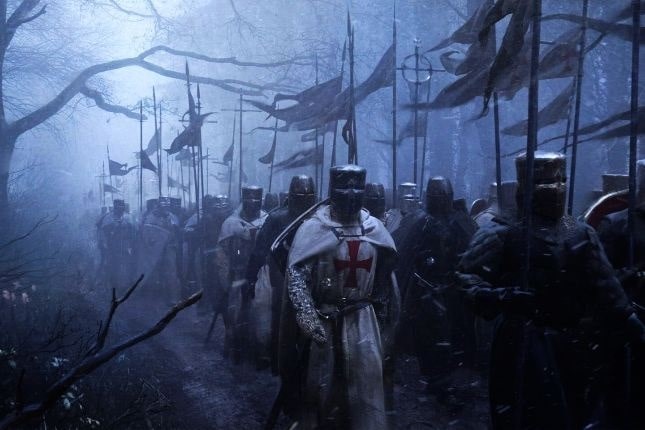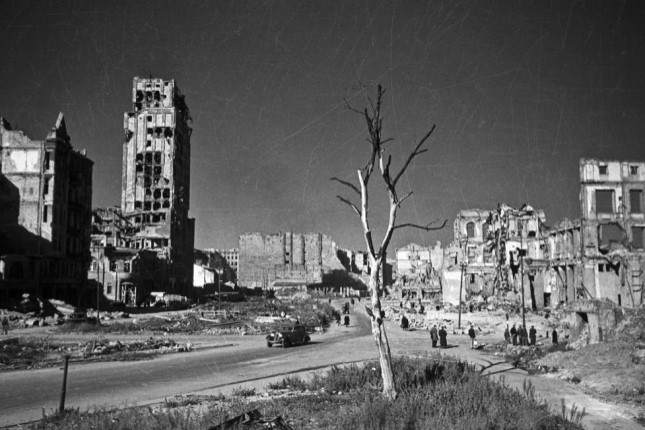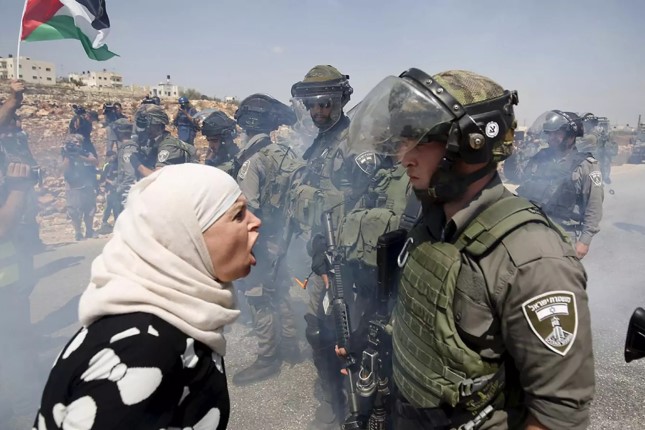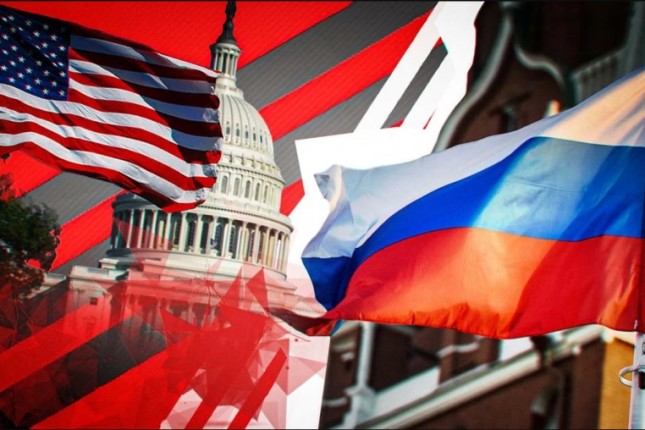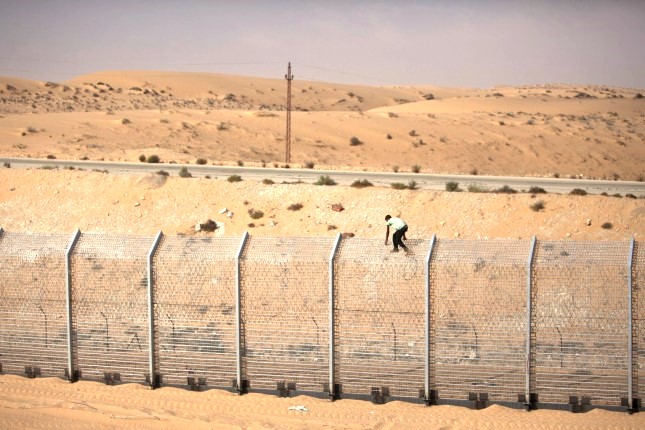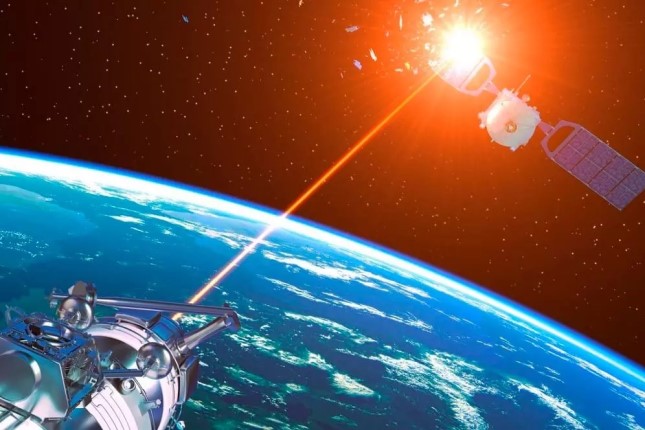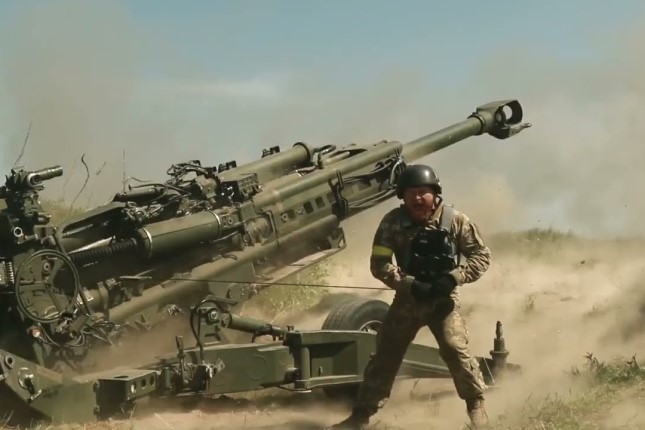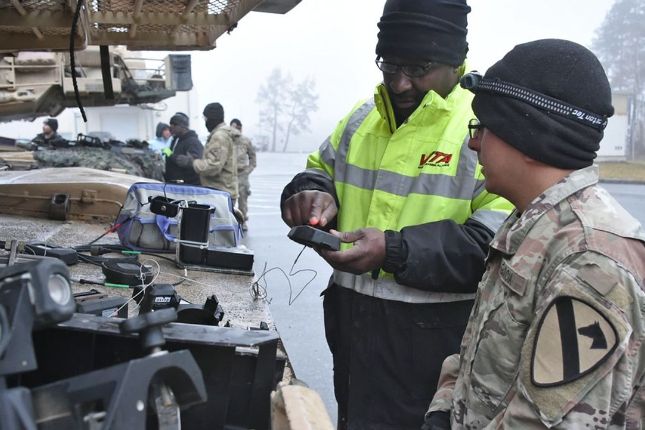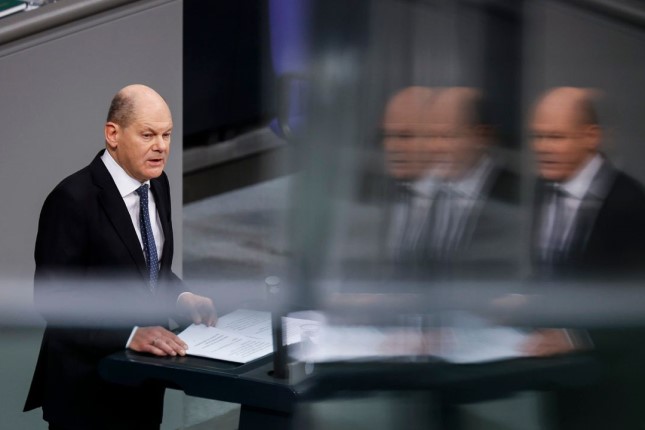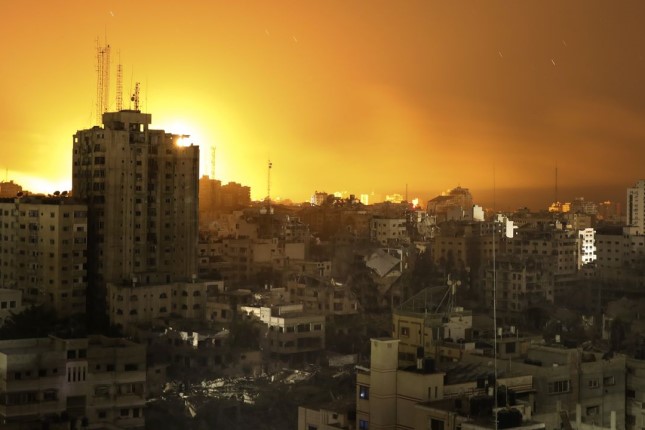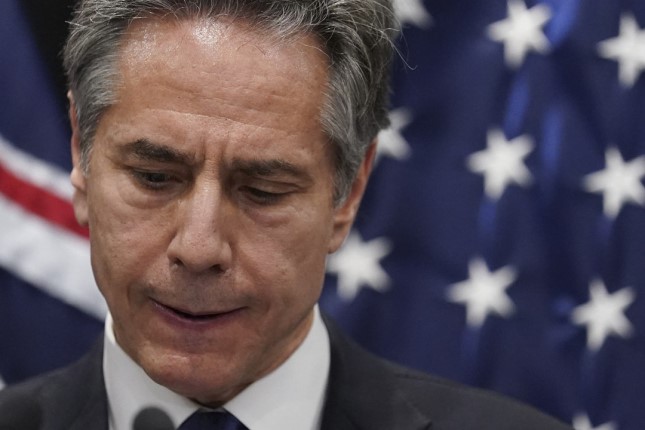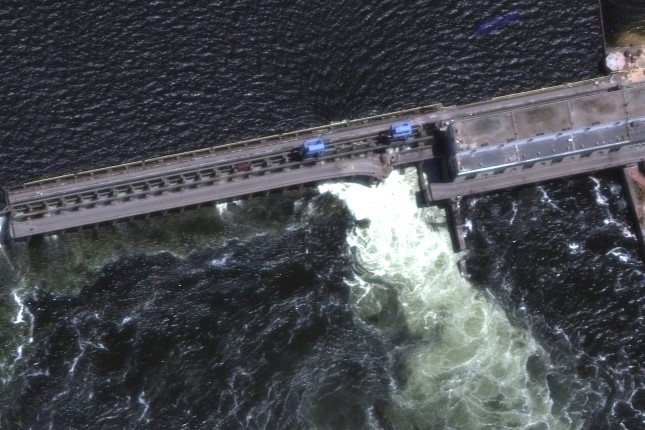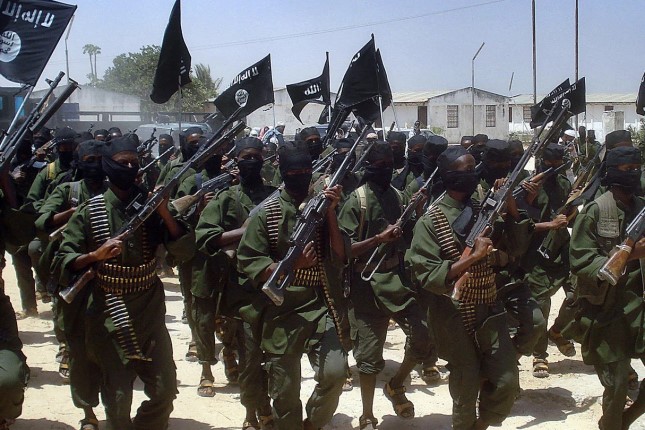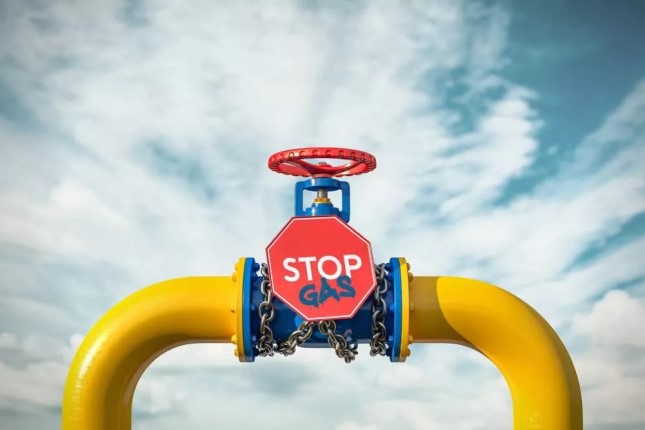The latest developments in Ukraine's energy sector have triggered a domino effect. The country's energy infrastructure was dealt a hard blow by Zaporizhzhia Nuclear Power Plant's recent shutdown, causing an interruption of the flow of electricity to Ukraine's power grid, coupled with a coordinated missile strike on four cogeneration plants in central and southern Ukraine.
This has led to disruptions in the supply of electricity, heat, and water to five Ukrainian regions east of the Dnieper, including the Donetsk, Dnipropetrovsk, Kharkiv, Poltava, and Sumy regions. While it will be possible to stabilise the situation to some extent, this vulnerability discovered by the Russian military in Ukraine's defences will cause the authorities in Kyiv and their Western allies major heartburn.
It would not be hard to imagine the consequences of further Russian attacks on its enemy's critical infrastructure if a few strikes on Ukraine's CHP plants and the switching off of one, albeit Europe's largest, nuclear power plant could wreak such havoc on the Ukrainian energy sector. And such attacks are sure to follow since Ukraine's advance in the east has made it necessary for Moscow to show some progress on the frontlines. The strikes on the cogeneration plants were cheered by the pro-patriotic part of Russian society and were met with great alarm in the West. As was the shutdown of the Zaporizhzhia nuclear power plant.
Europe's largest nuclear power plant, situated in the Russian-held part of Ukraine, was completely shut down last weekend. The plant's incessant shelling compelled its personnel to shut down the NPP's very last, sixth, operating reactor to ensure that, even in the event of a direct hit and breach of the reactor's protective casing, the consequences are less severe and that there would be more time and flexibility to repair the damage.
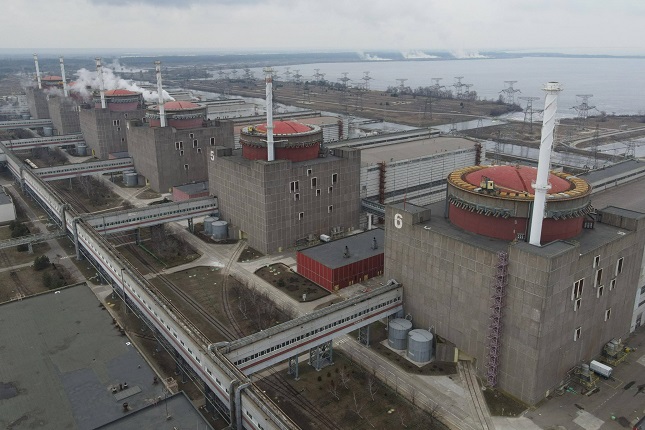
The Zaporizhzhia Nuclear Power Plant. Photo: cdn.
Zaporizhzhia Region's pro-Russian administration has issued a statement saying that a future resumption of the nuclear power plant's operation will be conditioned on the withdrawal of Ukrainian troops further away from the power plant and from the city of Energodar, where it is located. Currently, the Ukrainian troops are camped out on the opposite bank of a water reservoir across from the ZNPP, and they use their location to shell the plant. Given these circumstances, the continued operation of the power plant could precipitate a nuclear disaster. And so, the decision to stop the ZNPP until things get back to normal was a necessary and prudent measure.
The situation at the nuclear power plant had earlier prompted the convening of an emergency meeting of the UN Security Council. Rafael Grossi, Director General of the International Atomic Energy Agency, who had just returned from a visit to the power plant's site, stressed that breach of the facility's integrity would be akin to playing with fire. He added that it was necessary to ensure the nuclear plant's safety and avoid interfering with the work of the plant's personnel or interrupting the power supply to the facility because otherwise, this would make it impossible to continue cooling the reactor and the storage facility for spent nuclear fuel. It appears, however, that not a single one of these IAEA recommendations has been followed. To make matters worse, the NPP had to be disconnected from external power supply sources due to continued shelling, causing repeated damage to power lines.
All this has led to yet another factor threatening to cause a potential catastrophe. Irreparable damage can be precipitated by a reactor being hit, its containment integrity being breached, and a lack of power needed to continue cooling the reactor. At first, the NPP could provide itself with the needed power on its own, but it was soon forced to switch to relying on Ukraine's power grid. Right now, all hopes are on the reliability of the plant's backup diesel generators. The Zaporizhzhia NPP has entered a self-sustainment mode. Its diesel generators have enough fuel to last ten days of uninterrupted operation. That is, provided the generators or the fuel storage tanks do not end up being hit by an artillery round.
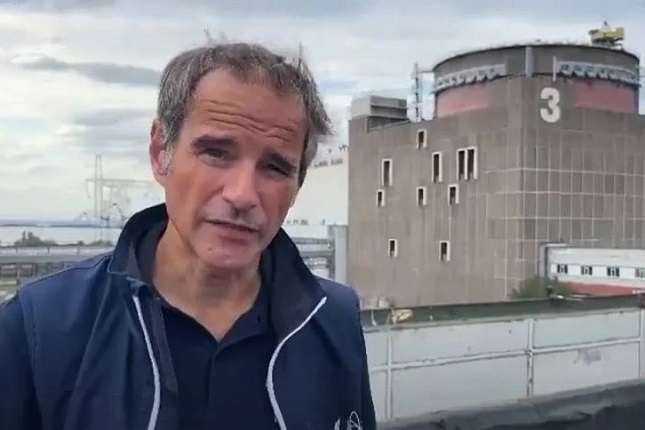
"We were able, in these few hours, to gather a lot, a lot of information. Key things I needed to see, I saw. It's too early to draw any conclusions; our work will continue," Grossi told journalists following a cursory tour of the ZNPP.
It is worth noting that while speaking at the UN Security Council meeting, the IAEA Director General refrained from naming those responsible for the shelling of the plant. The Russians being the perpetrators of the attacks seem odd since these are the Russian troops deployed at the ZNPP, and it would be strange for them to fire at themselves.
Most likely, what we see happening there is a clear case of nuclear blackmail coming from Kyiv's side. Generally speaking, Ukraine's leadership has been busy keeping the threat of a nuclear disaster alive in a bid to get Europe to pressure Russia to withdraw its troops from the ZNPP. Meanwhile, the US ambassador to the UN tried to use the pretext of the nuclear threat as a basis for demanding Russian troops' complete withdrawal from Ukraine.
By and large, given that the world's major powers are already profoundly entangled in the war in Ukraine, the inability of any independent international organisation to influence the situation is becoming apparent.
This is the observation that was starkly illustrated by the IAEA Director General's report to the UN Security Council. Grossi stated the obvious in it but stopped short of calling things by their proper names. What, then, is the role of international organisations in conflicts such as these? Obviously, they cannot force anyone to implement their recommendations.
Upon their return from the ZNPP, the IAEA inspectors listed many negative observations that Russia is to blame for: Russia's troops make the plant's personnel uncomfortable, there's military equipment and vehicles on site that obstruct passage, and the NPP's power supply is intermittent.
This all is delusionally improper in the territory of a nuclear plant. But the threats posed to the plant by continuing shelling the NPP can be compared to the regional Armageddon. The IAEA Director General chose not to mention Ukraine's role but noted that consultations had started on creating a safety zone around the ZNPP.
The IAEA's partiality and inability to withstand the political compliance pressures make its efforts in Ukraine another formality.
Main photo: Rafael Grossi © Reuters / Leonhard Foeger.
